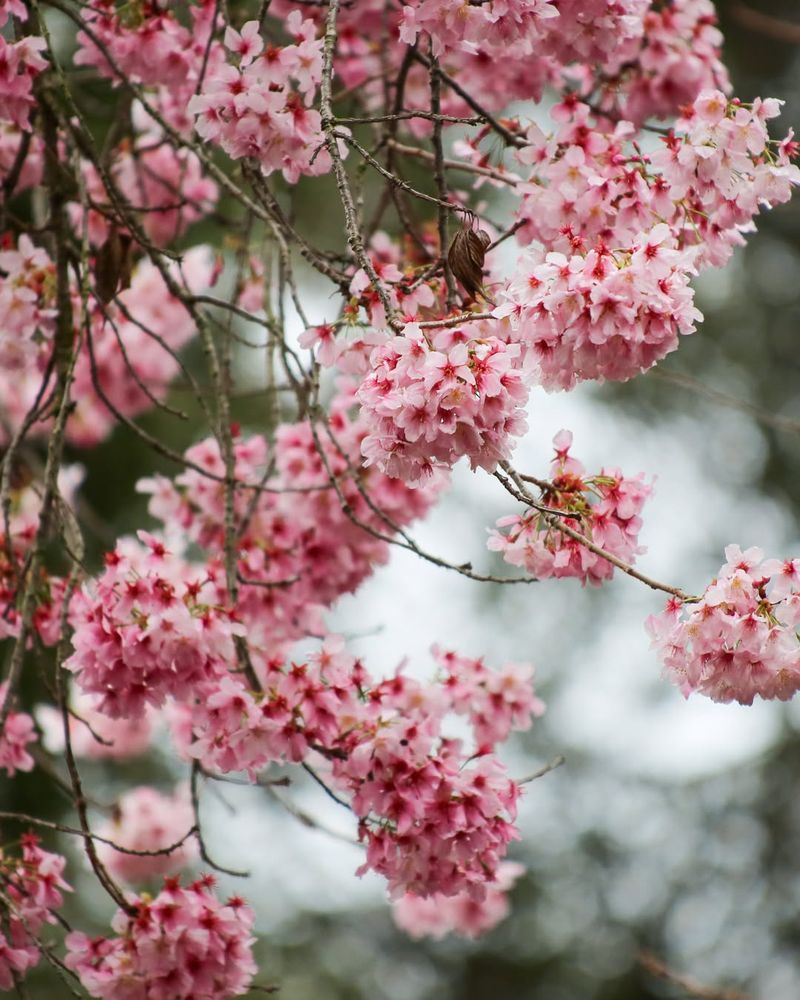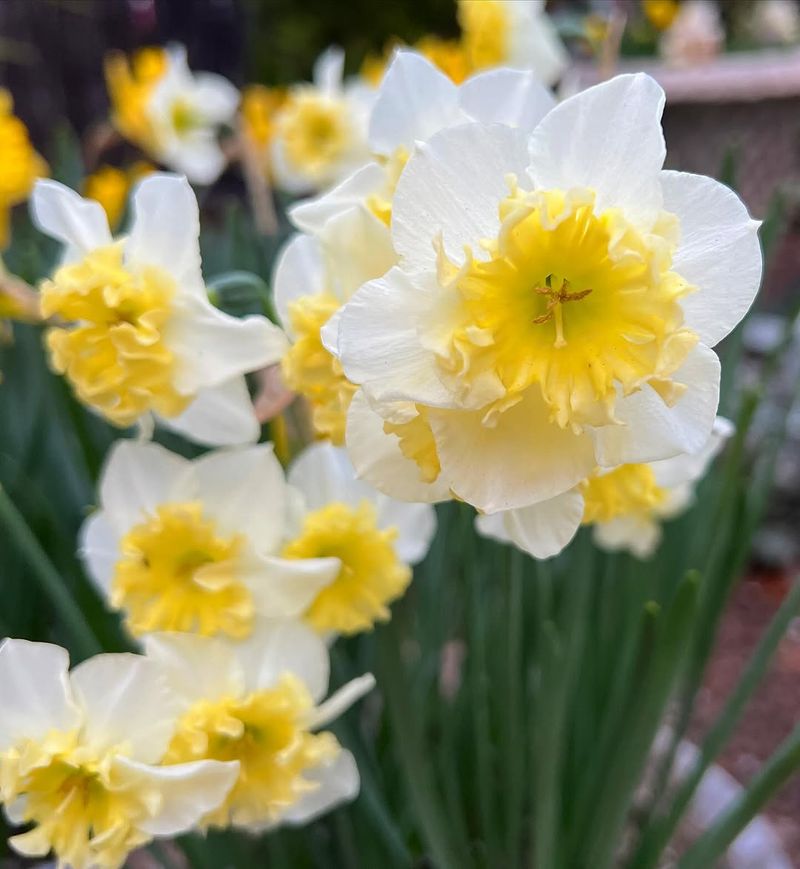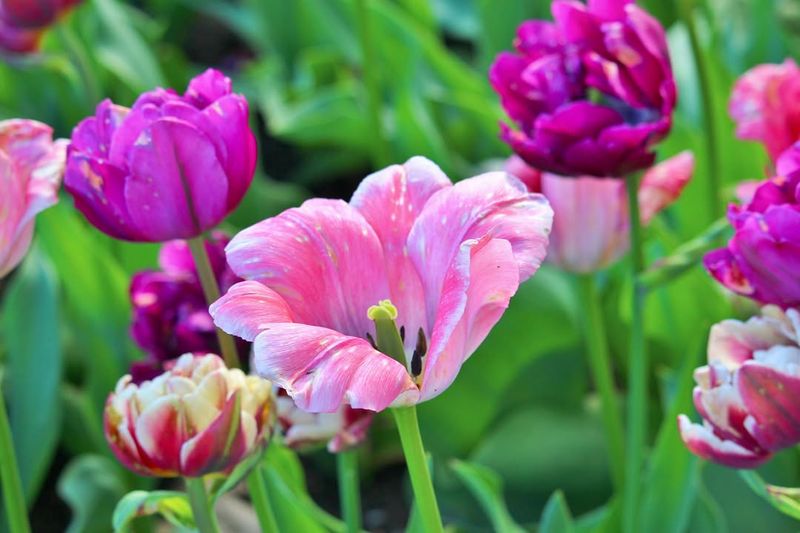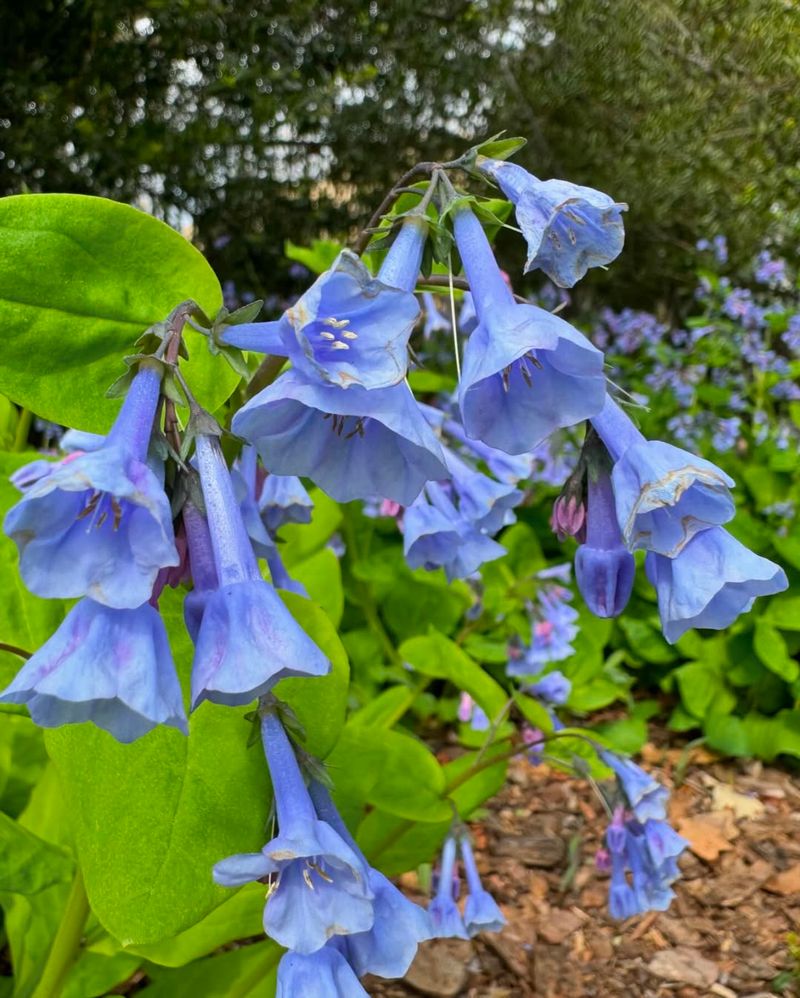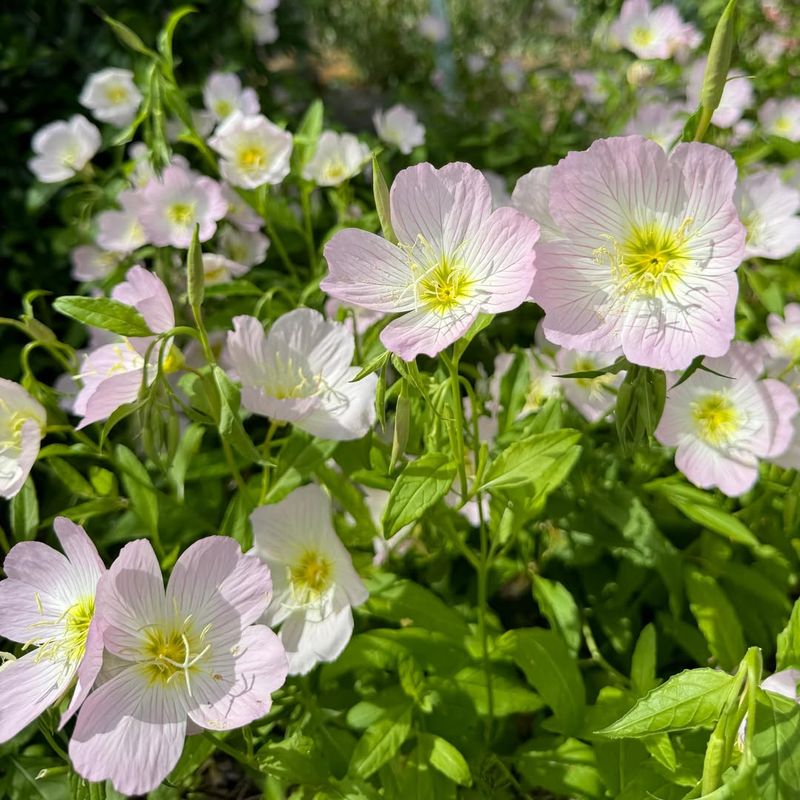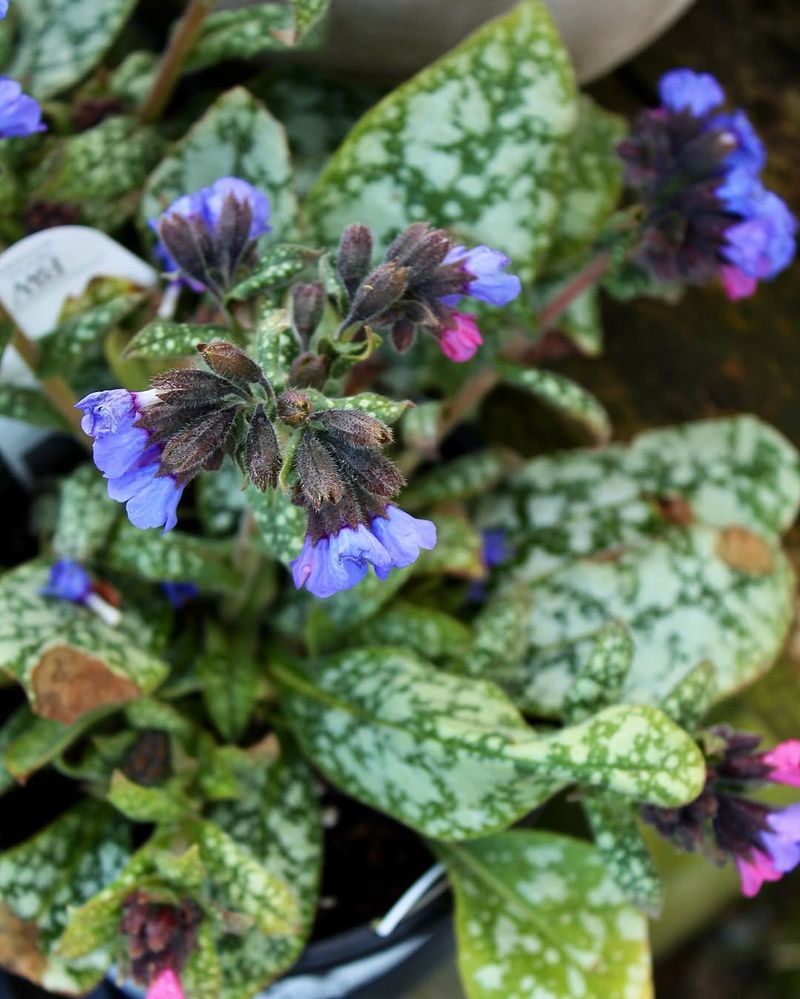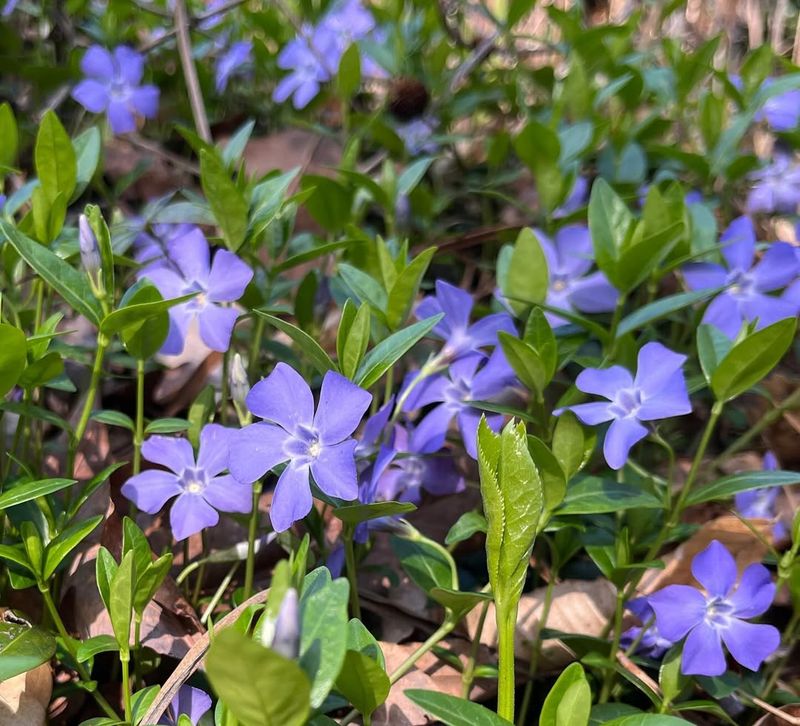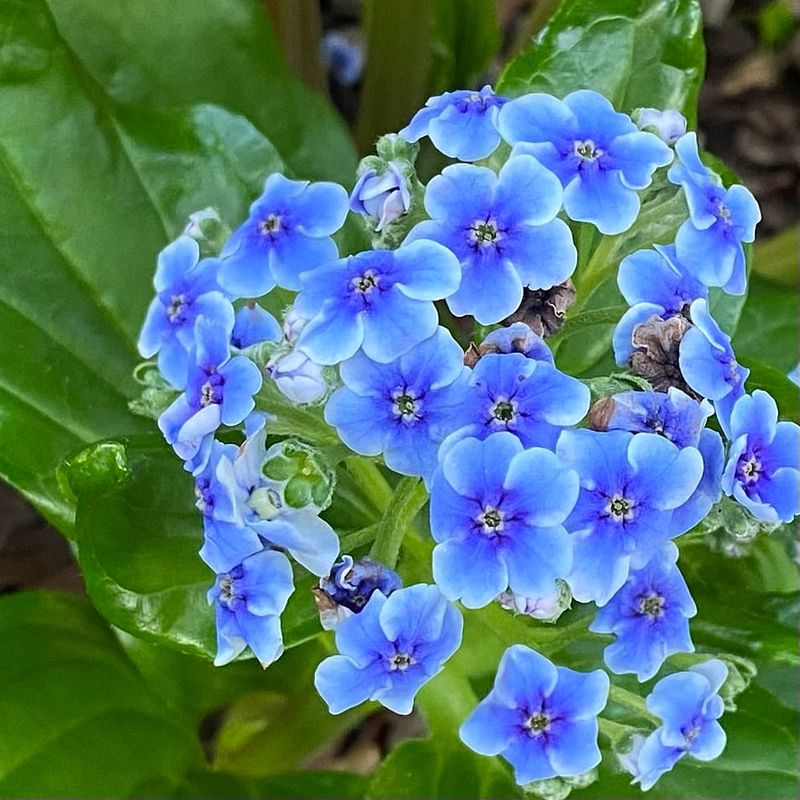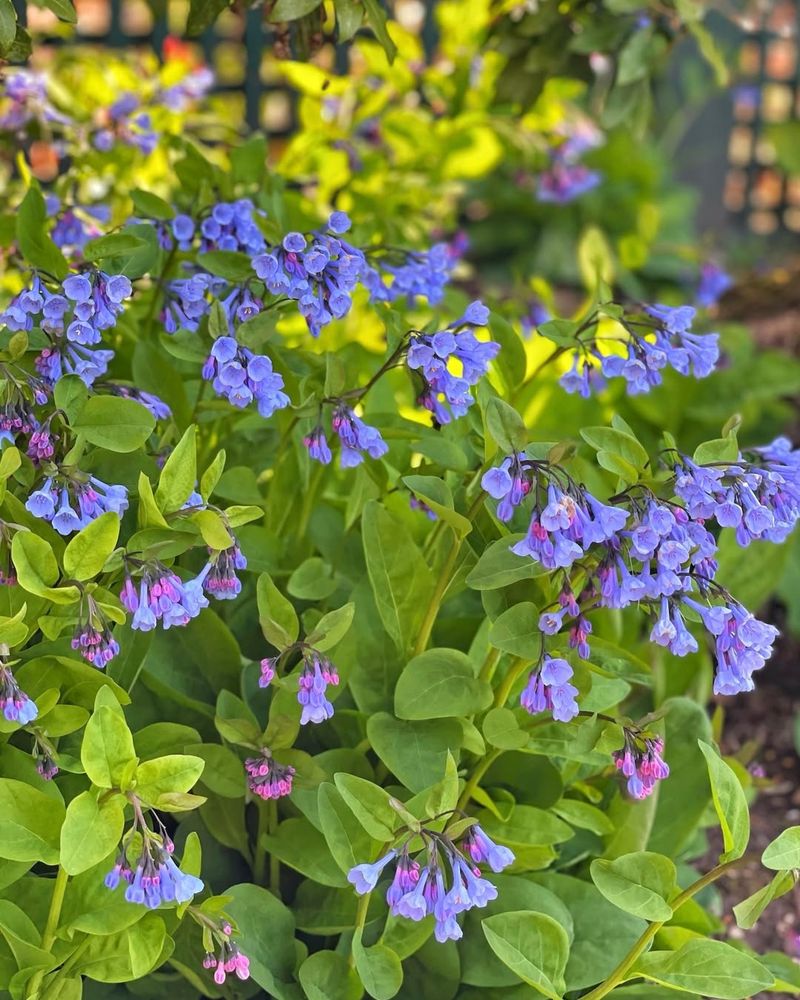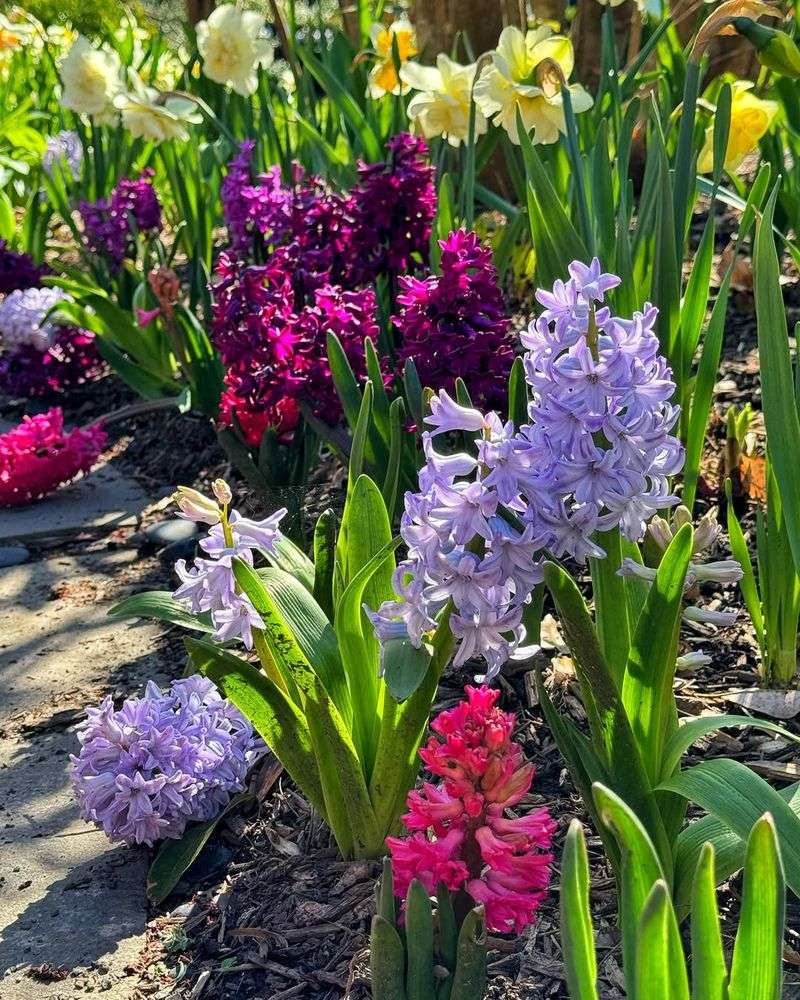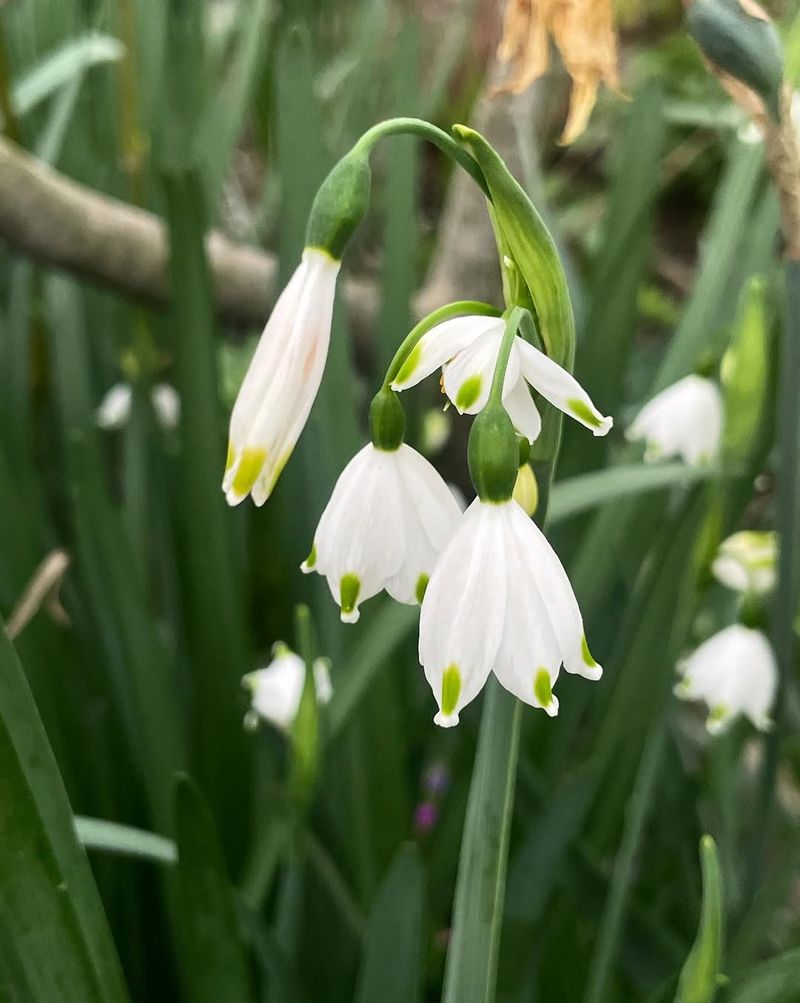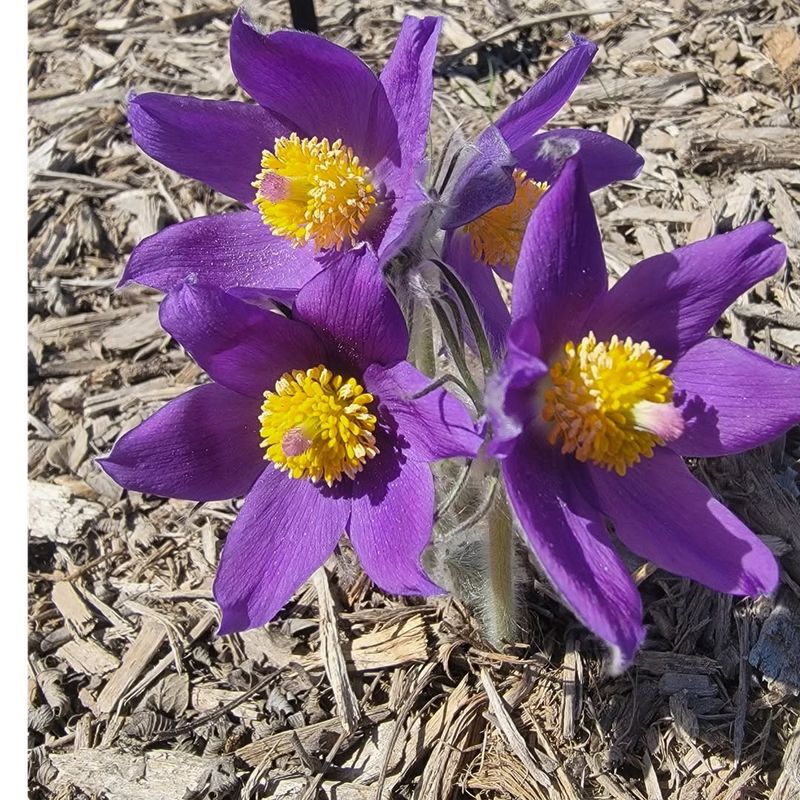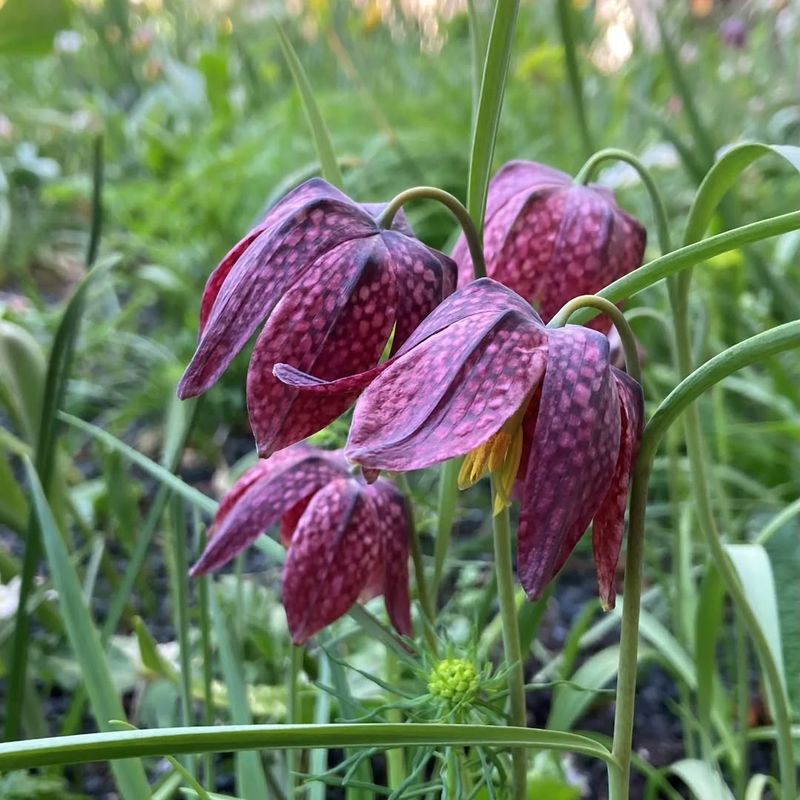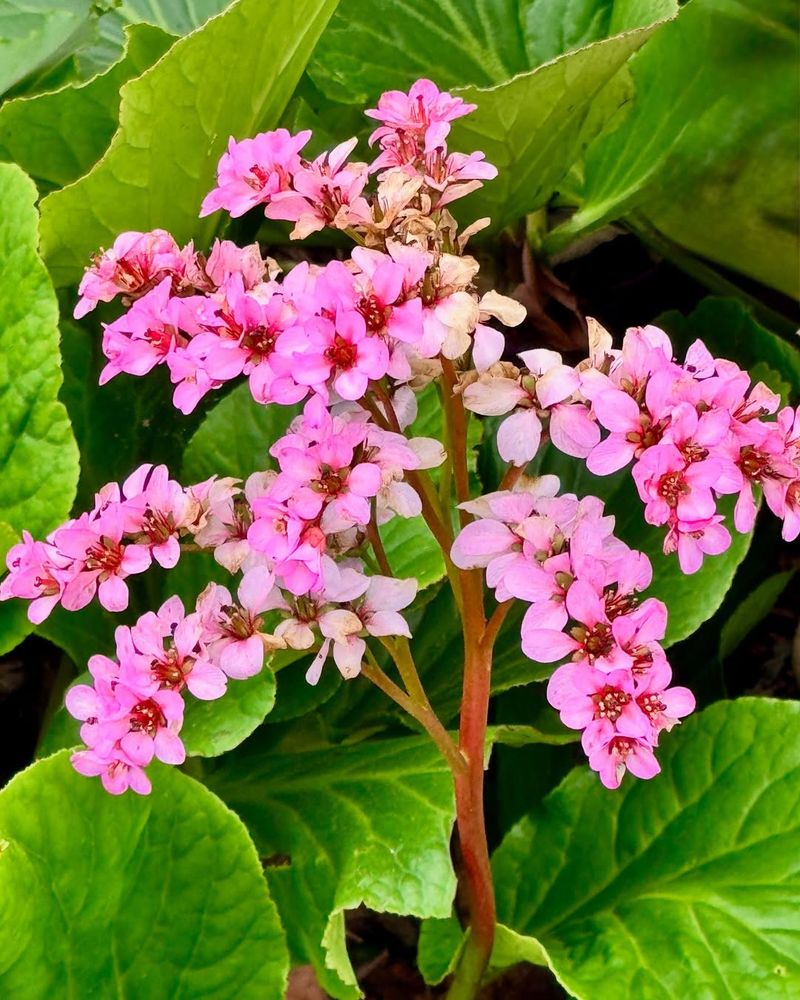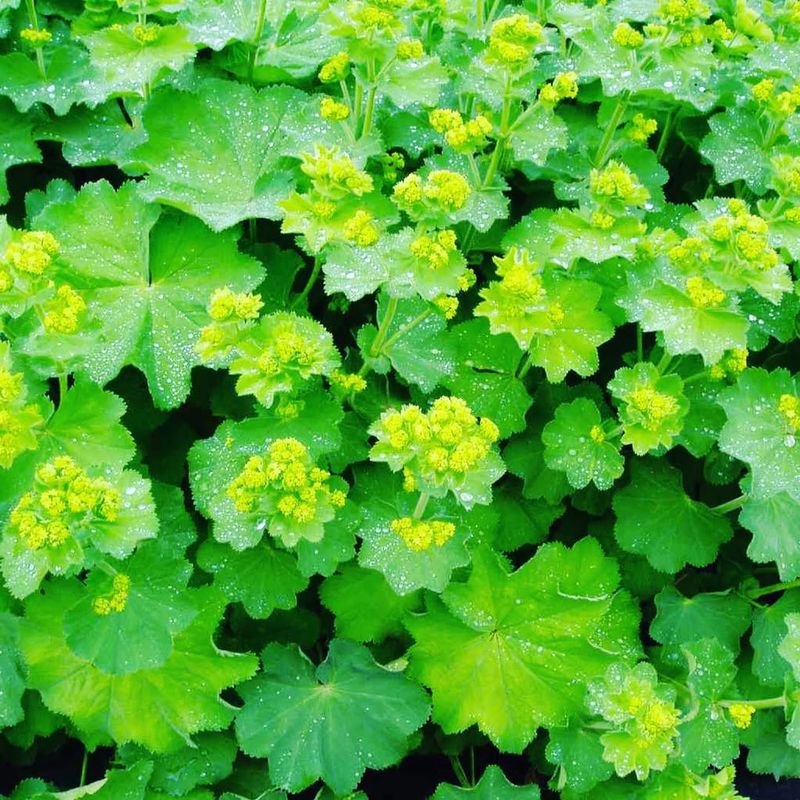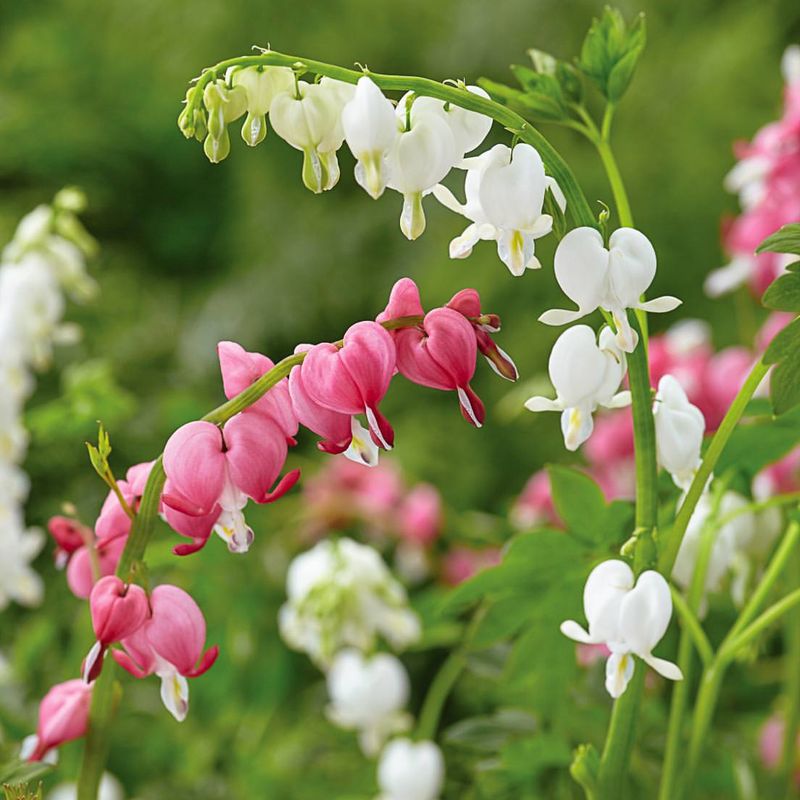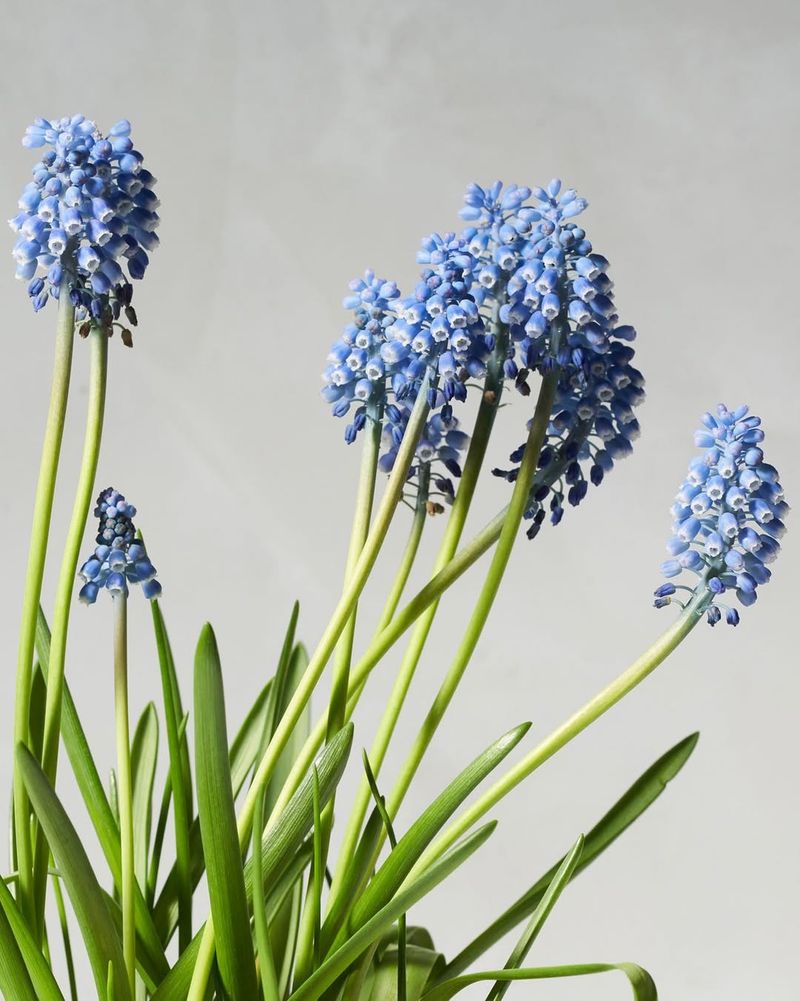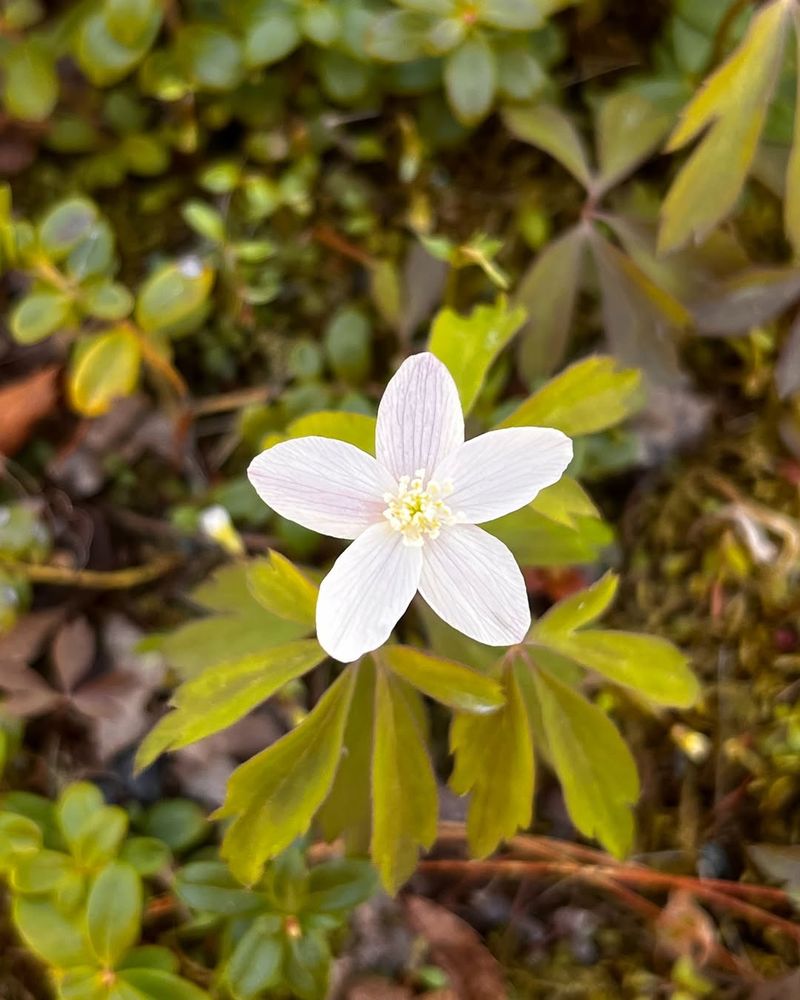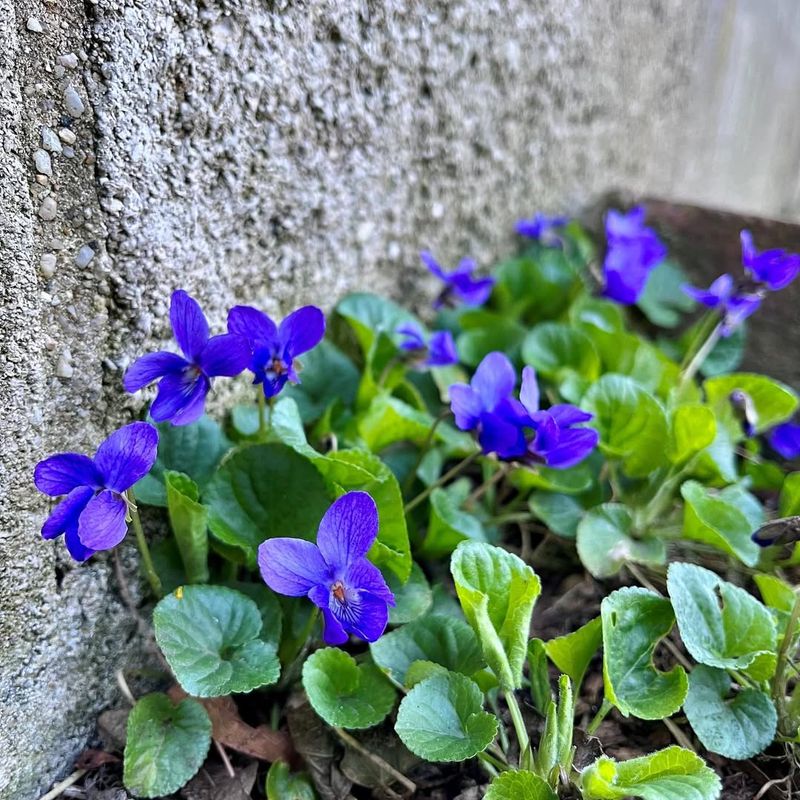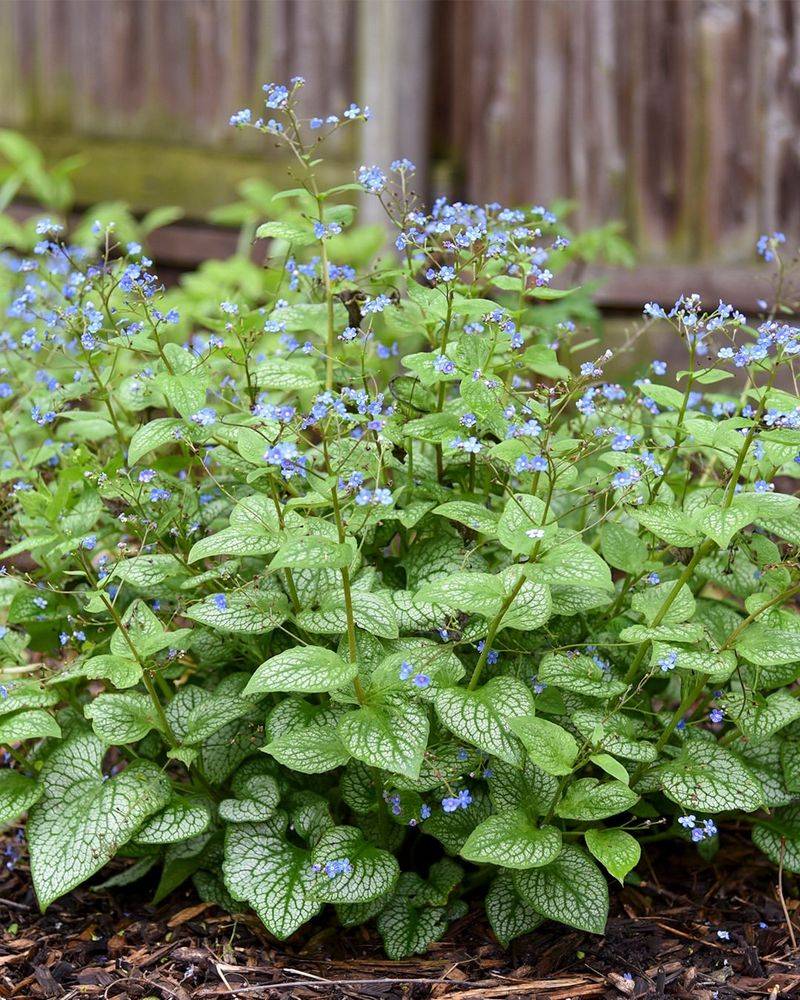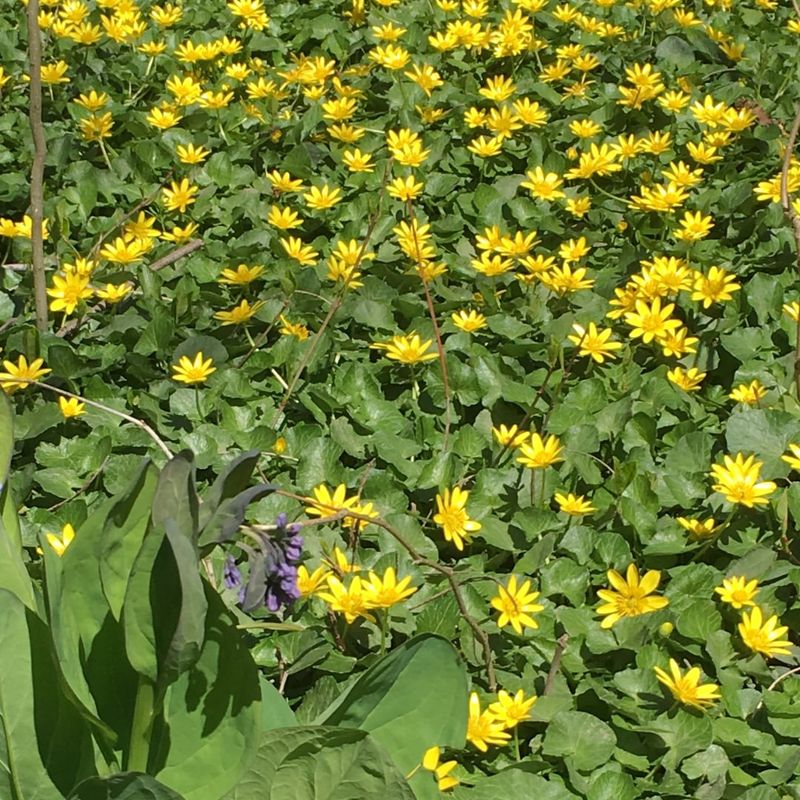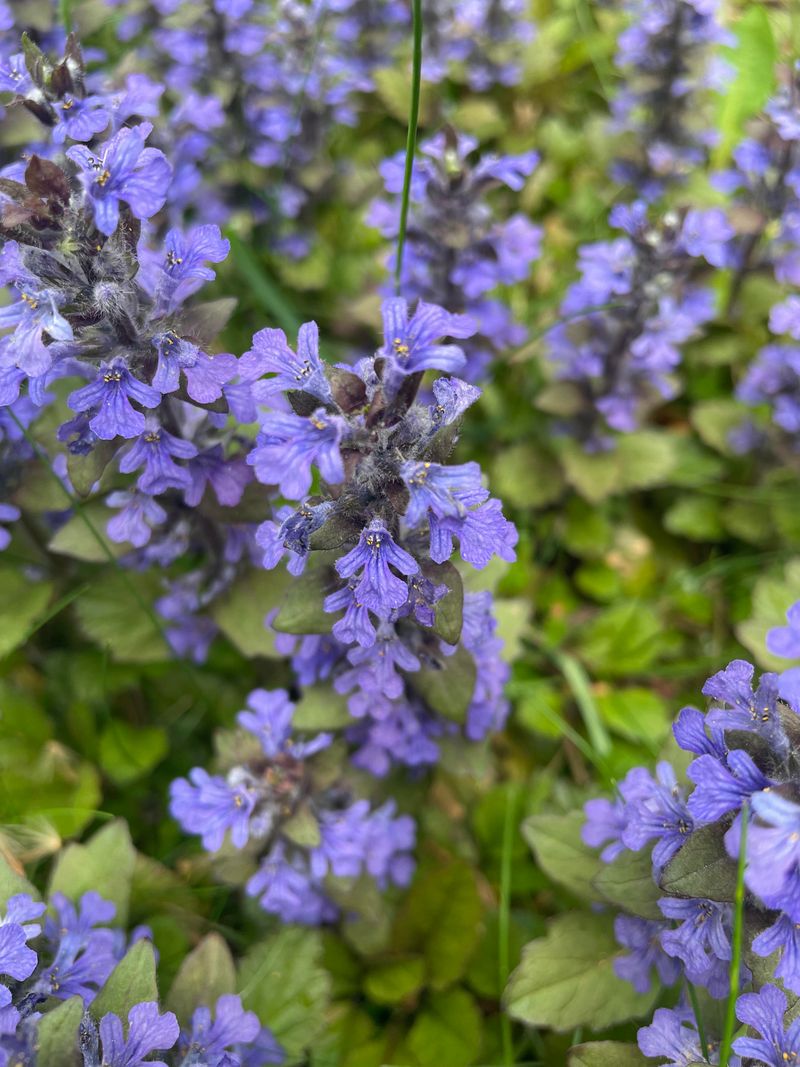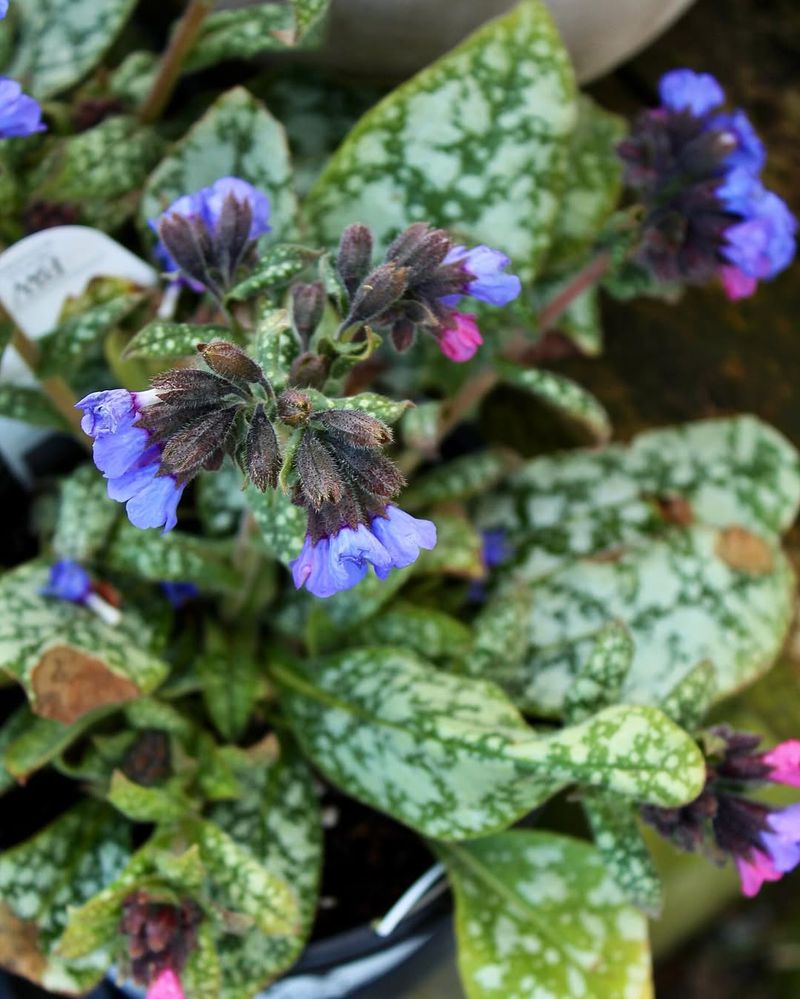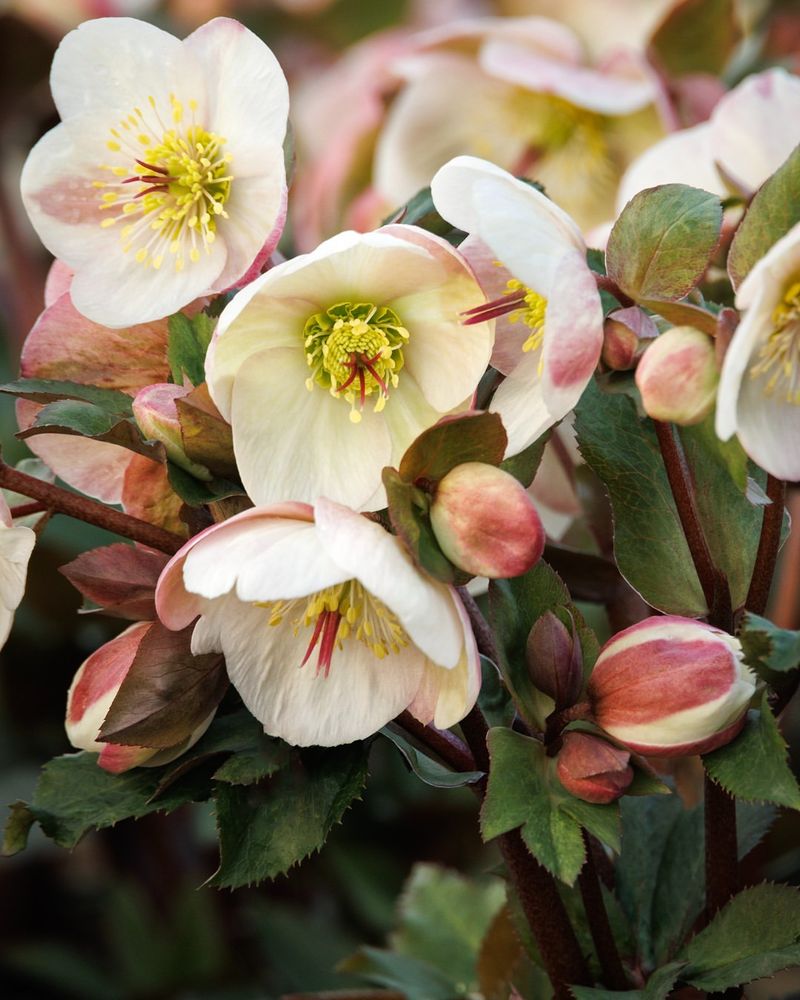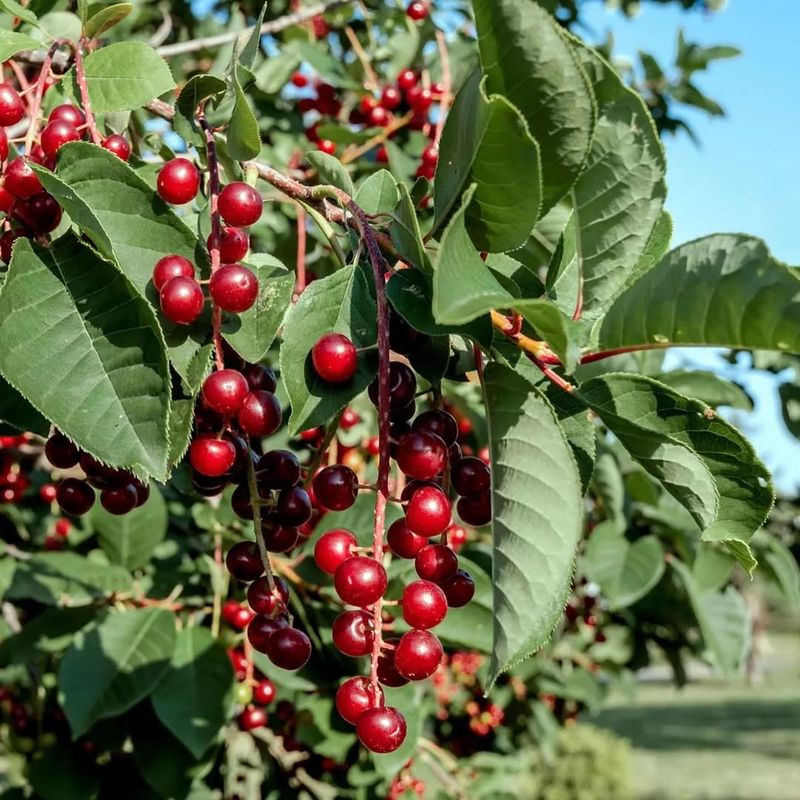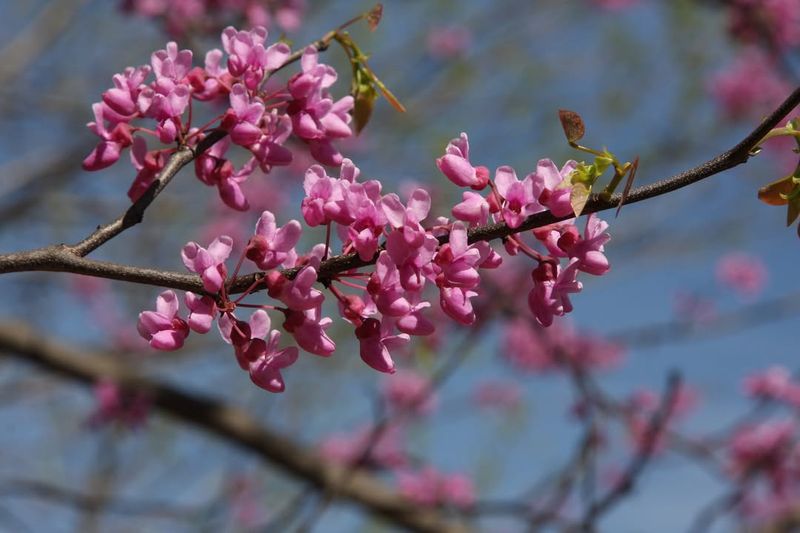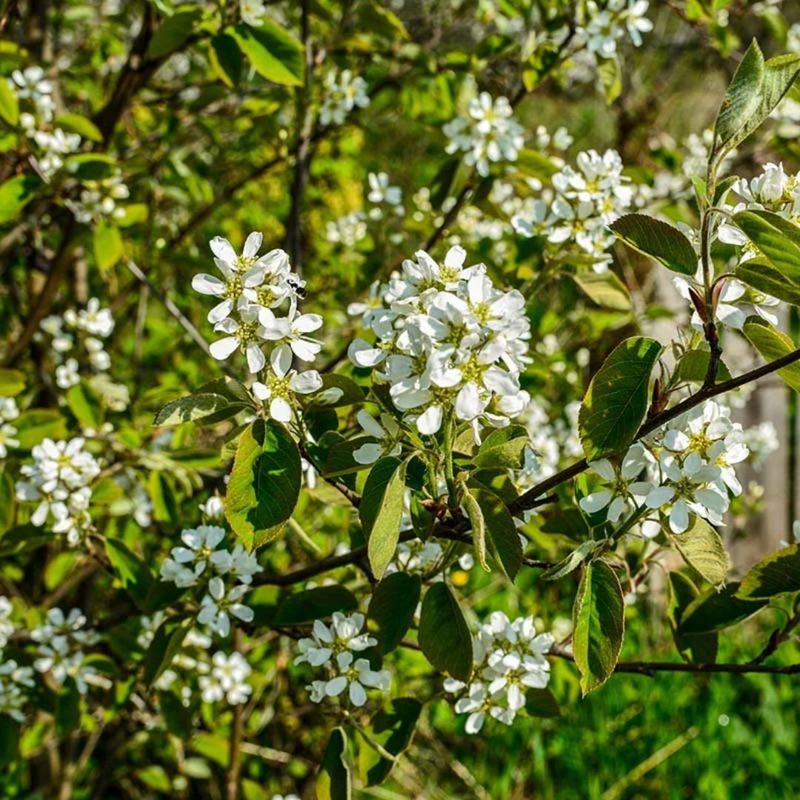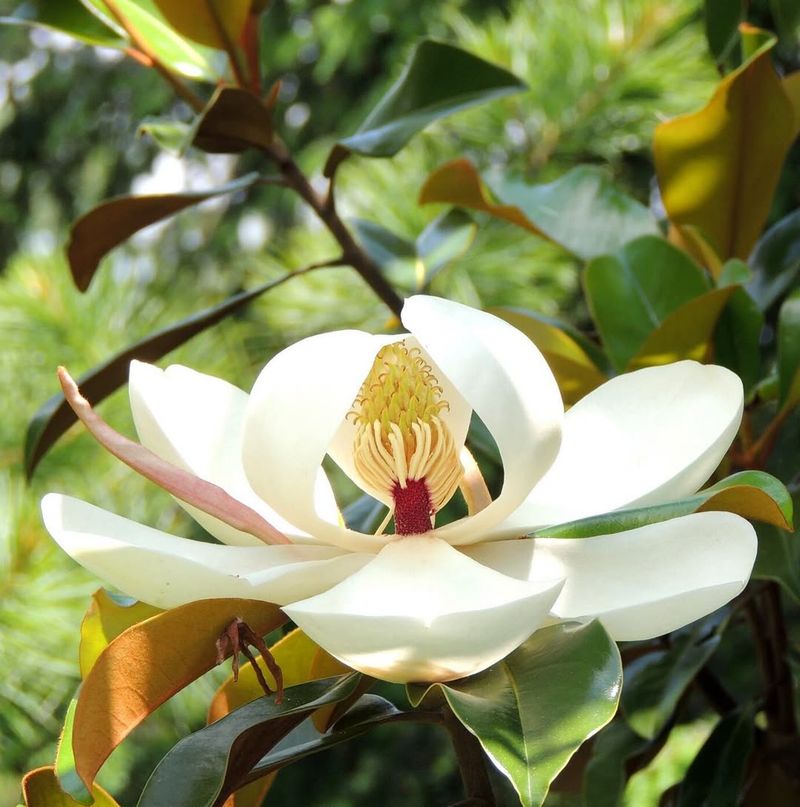April isn’t just about fresh blooms—it’s prime time for pollinators. Bees, butterflies, and hummingbirds are on the hunt for nectar, and with 27 top flowers—plus 5 more for nonstop nectar—your garden can be their favorite stop.
These blooms do more than add color and beauty—they help support the creatures that keep nature thriving. With the right mix, you’ll have a garden bursting with life, movement, and purpose. Give pollinators what they’re looking for, and enjoy a spring filled with nonstop floral action!
1. Cherry Blossom
Some think of April, and immediately, delicate petals come to mind. Cherry blossoms don’t just offer a breathtaking sight; they provide a rich source of nectar for bees. Their soft pink and white hues create a picturesque scene, while their subtle fragrance invites pollinators from miles around.
Planting a cherry blossom tree can be a rewarding experience, offering shade and beauty for years to come. These blossoms mark the beginning of spring, symbolizing renewal and the joy of warmer days ahead.
2. Daffodil
Imagine cheerful trumpets heralding the arrival of spring. That’s the vibe daffodils bring to any garden, with their striking yellow blooms. They are a beacon for pollinators, their trumpet shapes making it easy for bees and butterflies to access nectar.
Daffodils are also remarkably easy to care for, requiring minimal attention once planted. Their vibrant color and reliable blooming make them a garden favorite, especially for those looking to support local pollinator populations.
3. Tulip
Think bold, think colorful. Tulips burst onto the scene with unmatched color and style, making them irresistible to human eyes and pollinators alike.
Planting tulips in clusters can create a stunning visual impact while supporting local wildlife. They’re a perfect choice for those looking to add a splash of color and a touch of wildlife-friendly gardening to their spring landscape.
4. Bluebell
Wandering through the woods, one might stumble upon a sea of blue. Bluebells are a woodland wonder, blooming beautifully in April. Their bell-shaped flowers are a favorite among bees, offering a bountiful supply of nectar.
Ideal for shaded areas, bluebells can transform a gloomy spot into a vibrant haven for pollinators. Their ability to thrive in the undergrowth makes them a versatile addition to any garden, bringing both beauty and ecological benefit.
5. Primrose
Understated yet undeniably charming, these blossoms are a sign of spring’s true arrival. Primroses come in an array of colors, each as delightful as the next. Their open-faced blooms are a welcome sight for early butterflies and bees.
Thriving in a variety of conditions, primroses make for versatile garden companions. They are perfect for adding a pop of color to borders and containers, providing essential early-season sustenance for pollinators.
6. Lungwort
Speckled leaves and a splash of color greet you with this unique plant. Lungwort offers delightful hues ranging from pink to blue.
Their small, tubular flowers are particularly appealing to bees looking for a springtime feast. Ideal for shaded gardens, lungworts add a touch of whimsy to any space. Their early bloom time makes them a critical resource for pollinators, helping them kickstart their busy season with ease.
7. Lilac
Sweet fragrance wafts through the air, hinting at something wonderful. Lilacs are not only known for their captivating scent but their generous blooms too. Butterflies and bees can’t resist these clusters, which provide plenty of nectar.
Lilacs are a must-have for those looking to enrich their garden with both beauty and fragrance. They can grow into sizable shrubs, making them perfect for adding structure and privacy to outdoor spaces while supporting essential pollinator activity.
8. Periwinkle
Ground cover with a punch, these flowers bring consistency and charm. Periwinkles spread their evergreen joy and burst into bloom in April. Their star-shaped flowers attract bees and other small pollinators in search of nectar.
Perfect for low-maintenance gardens, periwinkles thrive in various conditions. They provide excellent coverage while adding color and life to otherwise bare patches, proving both practical and pollinator-friendly.
9. Forget-Me-Not
Gentle blue hues and tiny blooms create an enchanting sight. Forget-me-nots pack a visual punch despite their small stature. Pollinators find their nectar irresistible, with bees often seen flitting among them. Ideal for edges and borders, these flowers are easy to grow and maintain.
They self-seed readily, ensuring a continuous display year after year. Their modest size and charming appearance make forget-me-nots a delightful addition to any pollinator-friendly garden.
10. Virginia Bluebells
Ethereal and enchanting, these flowers seem almost otherworldly. Virginia bluebells create a stunning display as they bloom in April. Their bell-shaped flowers are particularly loved by bees looking for a sweet treat. Growing well in woodlands or shaded gardens, they provide a valuable nectar source.
Offering early season sustenance for pollinators, these plants help support a healthy ecosystem. Their enchanting beauty and ease of care make them a gardener’s favorite.
11. Cowslip
A splash of sunshine appears in the grass, heralding the arrival of these flowers. Cowslips bring a cheerful yellow hue to meadows and gardens alike. Their nodding blooms are a hit with butterflies and bees searching for nectar.
Adaptable and resilient, cowslips thrive in a range of conditions. Often found in wildflower meadows, they are perfect for naturalistic planting schemes. Their ability to attract pollinators makes them a valuable addition to any wildlife-friendly garden.
12. Hyacinth
A captivating fragrance wafts through the air, drawing you closer. Hyacinths are not just a feast for the eyes but for pollinators too. Their dense flower spikes provide a cornucopia of nectar, particularly appealing to bees.
These plants add structure and color to borders, enhancing the garden’s appeal. Easy to grow, hyacinths offer a reliable and fragrant addition to any spring planting plan, making them a favorite among those looking to attract wildlife.
13. Snowdrop Anemone
A delicate beauty emerges with grace and poise. Snowdrop anemones are subtle yet striking, their white petals dancing in the breeze. Pollinators appreciate their early blooms, which provide much-needed nectar. Ideal for borders and woodland gardens, snowdrop anemones thrive in shady areas.
They add a touch of elegance and lightness to any planting scheme, supporting biodiversity by attracting various pollinators to the garden.
14. Pasque Flower
A regal bloom with an air of mystery, these flowers captivate passersby. Pasque flowers stand out with their vivid purple petals and fluffy seed heads. Bees find them irresistible, drawn to their vibrant colors and rich nectar.
Growing well in sunny, well-drained conditions, they make a striking addition to rock gardens and borders. Their unique appearance and pollinator-friendly nature make them a popular choice for gardeners seeking something a bit different.
15. Fritillaria
A touch of the exotic graces the garden, turning heads with ease. Fritillaria brings a unique flair with its checkered blooms. Pollinators, especially bees, are drawn to its unusual bell-shaped flowers.
Preferring well-drained soil, fritillaria adds interest and diversity to garden beds. Their striking appearance and pollinator-friendly attributes make them a valuable addition to any spring garden, ensuring both visual and ecological benefits.
16. Bergenia
Robust and reliable, these flowers hold their own in any garden. Bergenia offers large leaves and bright blooms, making a bold statement. Pollinators find its open, accessible flowers a welcome source of nectar.
Thriving in a variety of conditions, bergenia is perfect for borders and woodland edges. Its hardiness and striking appearance make it a gardener’s favorite, providing essential support for spring pollinator activity.
17. Lady’s Mantle
A refreshing morning might reveal something special. Lady’s mantle is known for its dew-catching leaves and modest blooms. Pollinators such as bees and butterflies find its chartreuse flowers appealing.
Ideal for borders and ground cover, lady’s mantle thrives in both sun and partial shade. Its unique foliage and pollinator-friendly blooms make it a versatile addition to any garden, supporting wildlife while adding texture and color.
18. Creeping Phlox
Cascading color and charm spread effortlessly across the ground. Creeping phlox brings vibrancy and life to any space with its low-growing habit. Pollinators, particularly butterflies, are drawn to its abundant blooms.
Ideal for rock gardens and slopes, creeping phlox provides excellent ground cover. Its low-maintenance nature and beautiful display make it a great choice for those looking to support pollinators while adding a splash of color.
19. Bleeding Heart
Intrigue and elegance hang in the balance as these flowers make an appearance. Bleeding hearts enchant with their arching stems and heart-shaped blooms. Bees are frequent visitors, attracted to their nectar-rich flowers.
Thriving in shaded areas, they bring a touch of romance to any garden. Their unique appearance and pollinator-friendly attributes make them a valuable addition to woodland gardens, ensuring both beauty and ecological benefit.
20. Grape Hyacinth
Clusters of tiny pearls seem to dance in the sunlight. Grape hyacinths fill the garden with their rich hues and charming form. Pollinators, especially bees, are drawn to these nectar-rich clusters.
Ideal for borders and rock gardens, grape hyacinths are easy to grow and maintain. Their vibrant color and pollinator-friendly nature make them a gardener’s favorite, adding both beauty and ecological value to springtime landscapes.
21. Wood Anemone
A gentle breeze reveals a delicate dance of petals. Wood anemones grace the forest floor with their simple yet elegant blooms. Pollinators such as bees find their early flowers a welcome source of nectar. Thriving in shaded, woodland settings, wood anemones add a touch of grace to any garden.
Their ability to attract pollinators while brightening dark corners makes them a valuable addition to spring planting schemes.
22. Sweet Violet
An intoxicating scent lures you closer, promising something delightful. Sweet violets offer both fragrance and beauty with their deep purple blooms. Pollinators, especially bees, find their nectar irresistible. Ideal for shaded areas, sweet violets are easy to grow and spread easily, ensuring a continuous display.
Their captivating scent and pollinator-friendly nature make them a beloved choice for gardeners seeking a fragrant and wildlife-friendly addition to their spring gardens.
23. Brunnera
A touch of forget-me-not flair with a twist. Brunnera captivates with its heart-shaped leaves and delicate blue flowers. Pollinators, particularly bees, find their blooms appealing and nectar-rich. Ideal for shaded areas, brunnera adds texture and interest to garden beds.
Its ability to attract pollinators while enhancing the garden’s visual appeal makes it a versatile and valuable addition to spring plantings.
24. Celandine
Golden stars dot the landscape, adding sunshine to any day. Celandines bring vibrant yellow blooms to meadows and gardens. Pollinators, especially butterflies and bees, are drawn to their simple yet colorful flowers.
Easy to grow and maintain, celandines are perfect for naturalistic plantings. Their ability to attract pollinators while adding color and life to the garden makes them a popular choice for wildlife-friendly gardening.
25. Bugleweed
A lush carpet unfolds, offering both beauty and utility. Bugleweed spreads its glossy leaves and blue blooms with ease. Pollinators, particularly bees, find its flowers an enticing source of nectar. Ideal for ground cover and shaded areas, bugleweed is low-maintenance and reliable.
Its ability to attract pollinators while providing excellent coverage makes it a valuable addition to any spring garden, supporting biodiversity and enhancing visual appeal.
26. Viburnum
Clusters of delicate blooms greet you with charm and grace. Viburnum offers a spectacle of white flowers that captivate and attract. Pollinators, particularly butterflies, find its blooms a delightful source of nectar.
Versatile and hardy, viburnum makes an excellent choice for hedging and borders. Its ability to support pollinators while adding structure and beauty to the garden makes it a popular choice for wildlife-friendly gardeners.
27. Pulmonaria
A splash of pattern and color captures attention with ease. Pulmonaria, with its unique spotted leaves, brings a touch of whimsy to the garden. Pollinators, especially bees, find its pink and blue flowers a rich source of nectar. Ideal for shaded areas, pulmonaria adds texture and interest to garden beds.
Its ability to attract pollinators while enhancing the garden’s visual appeal makes it a versatile and valuable addition to spring plantings.
28. Hellebore
Nodding blooms and muted colors create an understated elegance. Hellebores bring a quiet beauty to any garden setting. Pollinators, particularly bees, find their early flowers a welcome source of nectar. Ideal for shaded borders and woodland gardens, hellebores thrive in a variety of conditions.
Their unique appearance and pollinator-friendly attributes make them a valuable addition to any spring garden, ensuring both ecological benefits and visual interest.
29. Wild Cherry
Majestic blooms herald the start of something special. Wild cherry trees offer a spectacular floral display in April. Pollinators, especially bees, find their blossoms irresistible, providing essential early-season sustenance.
Ideal for larger gardens and naturalistic plantings, wild cherry trees add both beauty and ecological value. Their ability to attract pollinators and support biodiversity makes them a popular choice for wildlife-friendly landscapes.
30. Redbud
A burst of color transforms the landscape into a living canvas. Redbuds enchant with their pink blooms and heart-shaped leaves. Pollinators, particularly bees, find their flowers a rich source of nectar. Ideal for small gardens and urban spaces, redbuds add both beauty and shade.
Their ability to attract pollinators while offering visual appeal makes them a sought-after choice for gardeners looking to enhance their outdoor spaces.
31. Serviceberry
A symphony of white petals creates a visual feast. Serviceberries offer both beauty and utility in one package. Pollinators, especially bees, find their blossoms a welcome source of nectar.
Ideal for small gardens and naturalistic plantings, serviceberries provide food for both pollinators and birds. Their ability to support wildlife while adding visual interest makes them a popular choice for eco-conscious gardeners.
32. Magnolia
Grace and grandeur come together in a floral spectacle. Magnolias captivate with their large, showy blooms. Pollinators, particularly bees, find their flowers a generous source of nectar. Ideal for large gardens and statement plantings, magnolias add both beauty and structure.
Their ability to attract pollinators while providing a stunning visual display makes them a favorite among those looking to create a wildlife-friendly garden.


